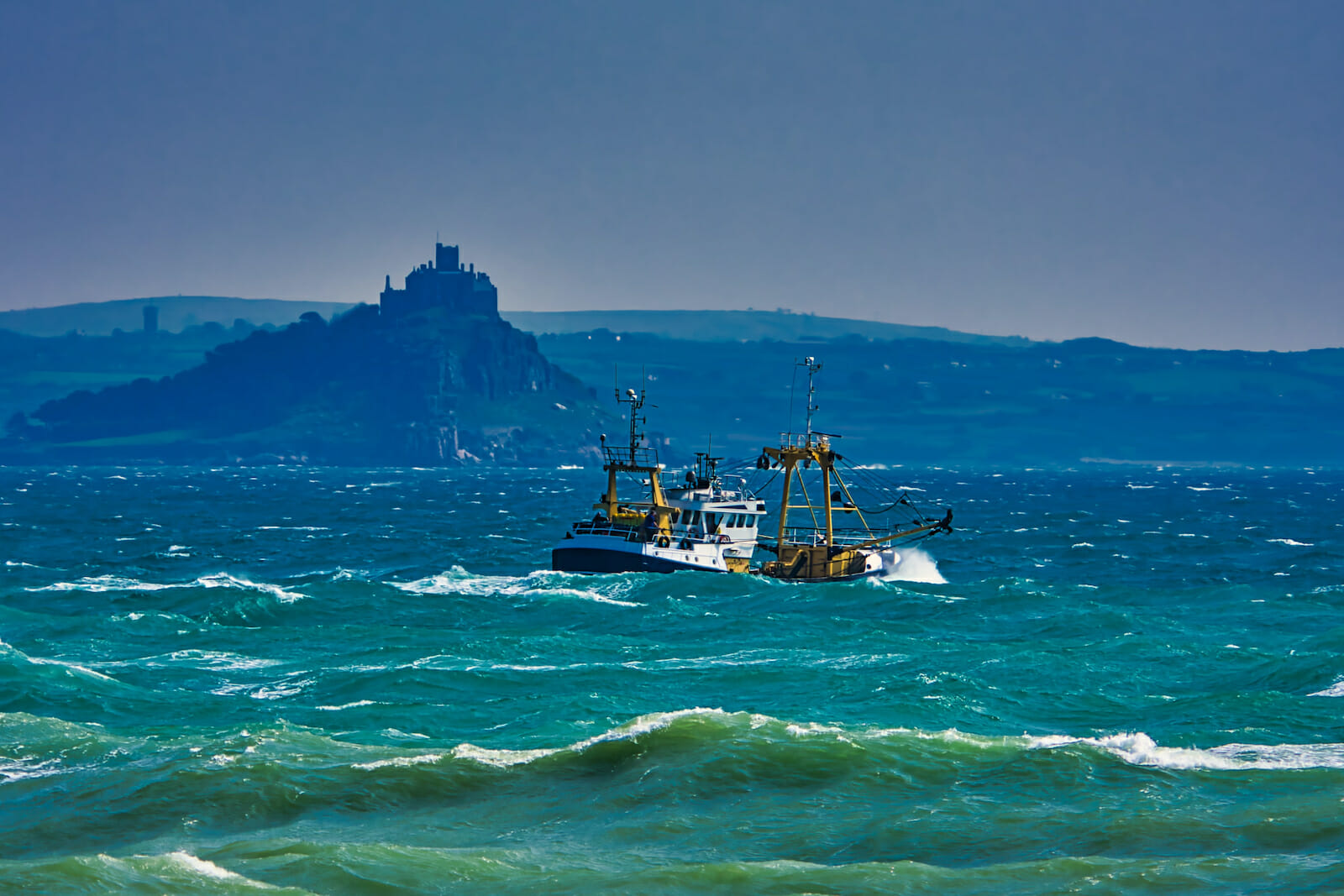
What a Fishing Agreement Would Look Like Between the EU and the UK
Time is running out for the European Union and the United Kingdom to reach a post-Brexit trade-deal as the transition deadline is quickly approaching. The negotiations are currently stuck due to wide differences between the EU and the UK on one key policy area: fishing access rights. However, a deal is possible if the following two conditions can be met.
First, a 50/50 fishing quota split between both parties, which would be negotiated every ten years, and second, allowing fishermen to buy and sell these quotas without going beyond a 40/60 share in favor of either party. These actions will meet the goals of both parties by giving EU fishers access to UK waters and stable fishing quotas over time. Additionally, the agreements would grant the UK a substantive share of fishing quotas and it could open the door to compromise over UK access to EU markets, another contentious topic in the negotiations.
After the UK left the EU on January 31, 2020, through the Brexit withdrawal agreement, a transition period was put into place in which the UK remained in the EU customs union and the single market until the end of the period. This time allowed the UK and the EU to negotiate a trade deal. If the UK and EU do not reach a deal by December 31st, the UK loses access to the EU’s single market, negatively affecting UK trade, as the EU is its biggest trading partner.
A no-deal would also leave the EU without access to UK waters–where EU vessels fish the most–as the UK would then have full jurisdiction over 200 nautical miles of waters off its coastline according to the exclusive economic zone. Thus, the EU wants to maintain its access to UK fisheries, which is an important issue for the UK even though fishing comprises less than 0.1% of its economy. The UK must obtain an agreement that would give its fishermen a fair share of fishing quotas since fishermen represented a big part of the population who voted for Brexit. They see Brexit as a way to gain back some of the UK quotas owned by EU states, such as the 94% owned by the Dutch.
Without an agreement, there would be clashes at sea between UK and EU fishing vessels, negatively affecting the relationships between both parties. However, a system of quotas, which determines rights to catch a certain number of fish, would solve the Brexit dispute over fisheries. This system will include environmental quotas to prevent the decline of fish populations and a total allowable catch (TAC) for each stock of fish—a particular species of fish caught in a particular area—to prevent overfishing. The parties would determine these quotas through a joint committee between the EU, the UK, and the International Council for the Exploration of the Sea (ICES)—an international scientific body which would make recommendations on appropriate environmental quotas.
These quotas should be discussed and re-negotiated every decade unless both parties or the ICES recommends adjusting them for environmental reasons or other concerns before the established time. After determining these quotas, the UK and the EU would split them 50/50 between the two. Additionally, the UK and the EU would provide monetary compensation to the other party’s fishermen who lost their quotas in reverting to the 50/50 split. Through this system both parties would have access to each other’s waters, and also have established a level playing field on fisheries, accomplishing one of the main goals in the negotiations. Moreover, the system would give UK fishermen a substantive share of quotas compared to the 2% that small fleets, which represent 77% of the UK fleet, have access to. This would increase the UK’s fishing industry and fishing communities.
Since the EU is comprised of twenty-seven states, the EU might see the 50/50 split as unfair. Therefore, both parties would be able to sell and buy quotas between each other with the condition that the quota split would not go beyond 40/60 in favor of either party and that the fishermen within both parties would be the only ones to sell and buy these quotas. Through this agreement, the fishermen would sell and buy as they consider necessary, which would prevent the governments involved to financially help their fishermen to unfairly buy more quotas. Furthermore, the 40/60 split would protect UK fishermen from selling a substantial amount of their quotas to EU vessels, which would destabilize the level-playing field. Simultaneously, the EU would have the opportunity to gain more quotas if their fishermen think necessary. Additionally, EU fishermen can sell and buy quotas to other EU member states, which should meet the demands of states where fishing is central to the economy.
This system would bring the EU and the UK to a final agreement over fisheries, which could open the door to compromise on other parts of the trade deal, such as access to markets. For instance, the European Commission’s Head of Task Force for Relations with the United Kingdom, Michel Barnier, said that the UK could have access to EU markets if there was a level playing field. By reaching an agreement on fisheries, both parties would set the path for a level-playing field, at least regarding fish markets. Moreover, the EU has used access to its markets as leverage against the UK when negotiating fishing rights. However, this will no longer be necessary, which would leave room for an agreement over financial markets or tariff-free access to the single market.
This would be a fair deal, where both sides meet their goals. Additionally, the agreement would be a big step towards establishing a level playing field between both parties, as well as increase compromise in other areas of contention between the UK and the EU. By doing this, negotiations would move forward towards a post-Brexit trade deal.
Kathryn Parker, Phoebe Bain, and Hugo Ward contributed to this article.

